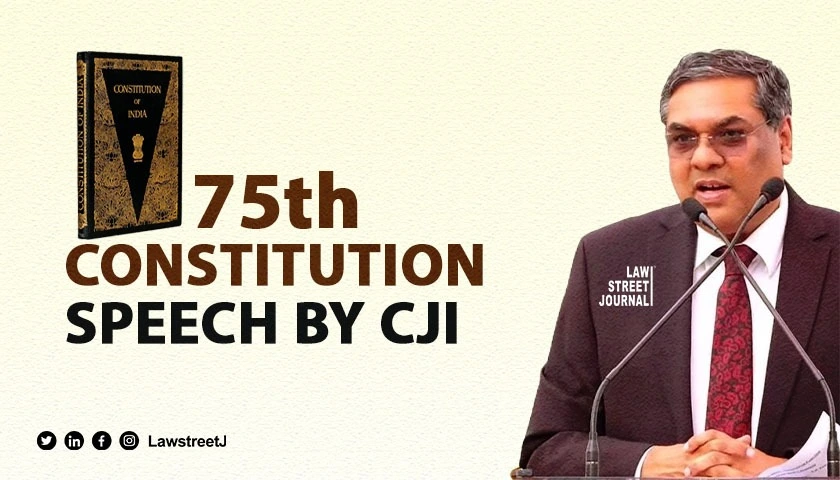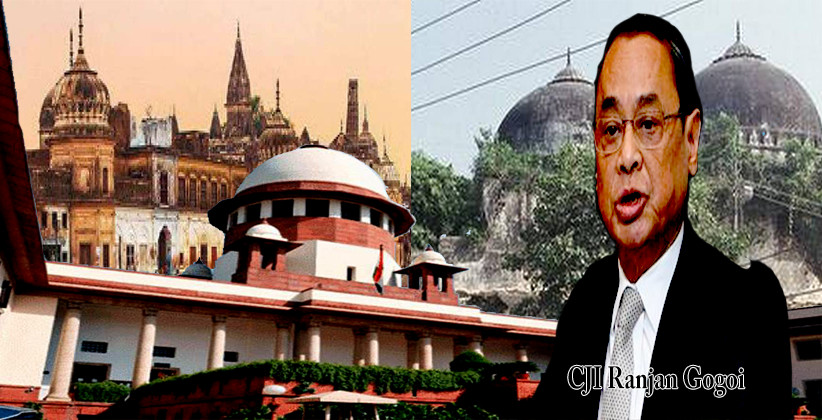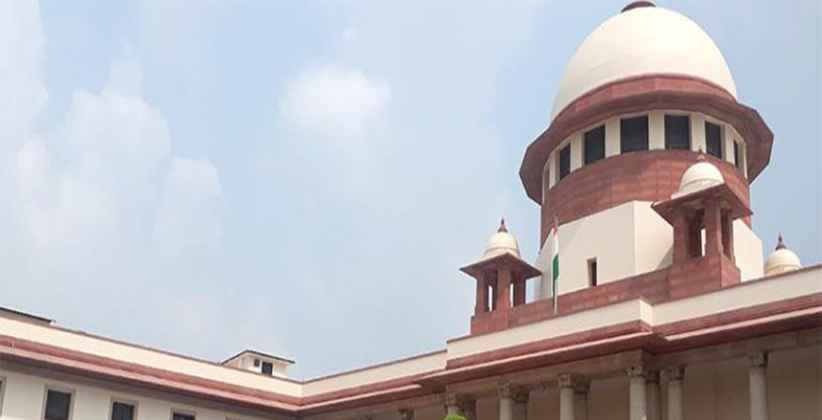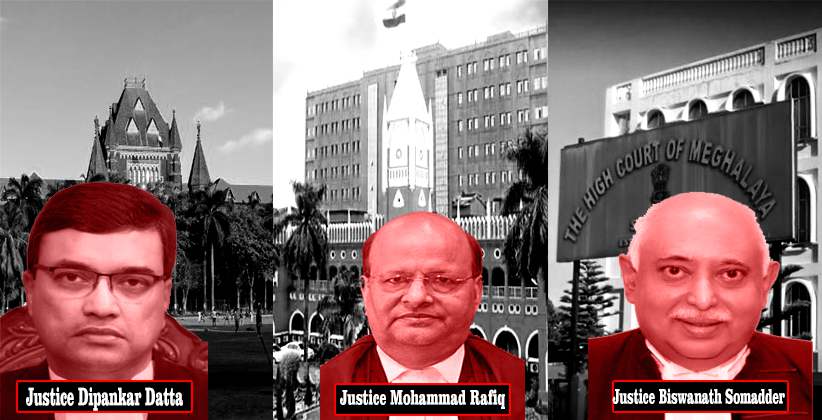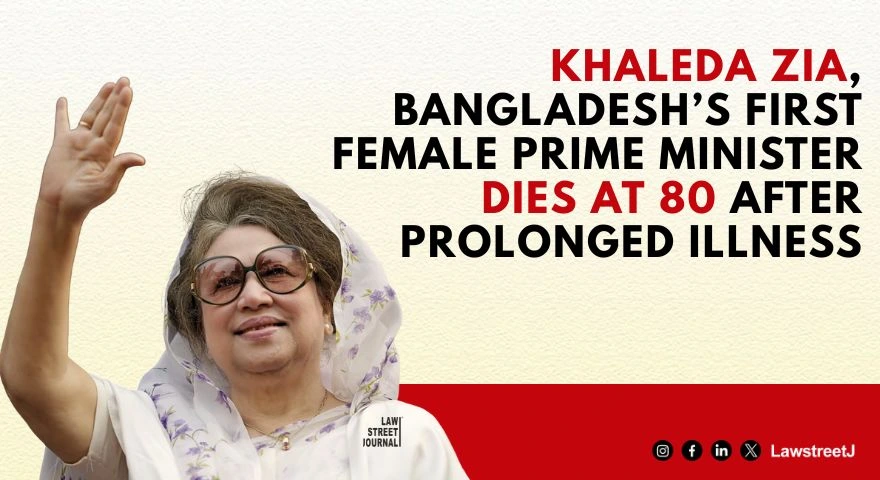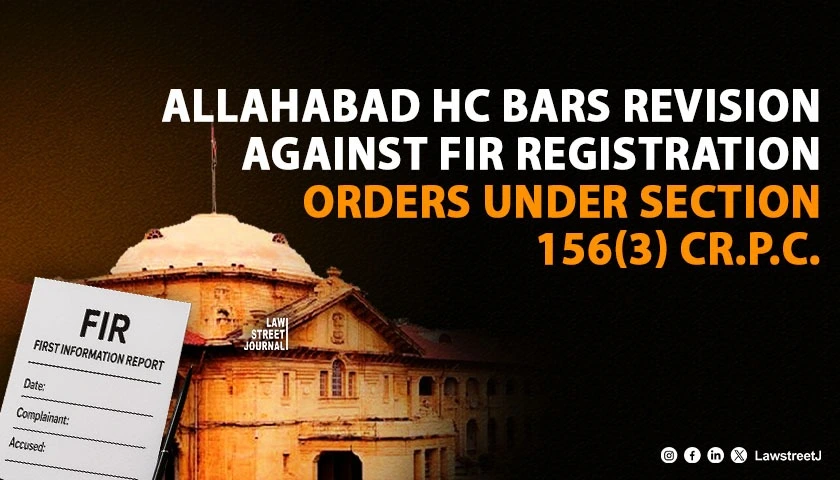NEW DELHI: Chief Justice of India Sanjiv Khanna has said each branch of the government must honour its constitutionally-assigned role by nurturing inter-institutional equilibrium.
In his speech on the 75th Constitution Day celebrations here, the CJI said the Constitution by design insulates judiciary from the ebbs and lows of electoral process, which ensures the decisions are unbiased and free from ill-will and guided solely by the Constitution and laws.
"At the same time, each branch of the government is not a satellite in an independent orbit but rather a related actor which works in a degree of separateness. Each branch must honour its constitutionally assigned distinct role by nurturing inter institutional equilibrium. Judicial independence does not serve as a high wall but as a catalyst," the CJI said.
He said the scale of cases flowing in Indian courts was "staggering" and during the year alone the judicial system received over 2.8 thousand crore cases in the district courts and about 16.6 lakh cases in high courts and 54,000 cases in the Supreme Court.
"Therefore it is not surprising that there are more than 4.54 crore cases pending in district courts and 61 lakh cases in high court. These numbers reflect the challenge and represent the deep trust citizens place on our courts. Our district courts have showed remarkable improvement and efficiency particularly in civil matters. Last year alone, our district courts resolved over 20 lakh criminal cases and over 8 lakh civil cases. The case clearance rate in Supreme Court has increased from 95 to 97 percent," the CJI said.
He extended gratitude for the Centre for approving Rs 7,210 crore for Phase III of the e-Courts project and ensuring the judiciary was equipped to perform its functions.
The CJI said realtime transcriptions and speech-to-text tools by the Supreme Court attempted to address the issue of trust deficit.
"While current prison population stands at 5.23 lakh prisoners, our judicial workforce comprises 20,000 judges in district courts, 750 judges in high courts. This vast disparity for those seeking justice and those tasked with dispensing justice should forecast a paralysed system. Yet data tells a different story. In 2022, despite influx of 18 lakh new inmates, judiciary facilitated release of about 15 lakh prisoners, of which 3 lakh undertrials were released," he said.
The CJI said the foremost duty of judges was towards the public and being open and transparent was judiciary's biggest strength.
"By opening ourselves to scrutiny we can identify systematic inefficiencies and bottlenecks and work towards eliminating them," he said.
The CJI highlighted certain areas of concern in the judiciary saying, "These are arrears and backlog of cases, delays, cost of litigation, lack of access to justice, large number of undertrial prisoners and phenomenon of trust deficit."
He said two statistics reveal an insightful contrast in our judicial system: while the current prison population stands at around 5.23 lakh prisoners, our judicial workforce comprises just 19,213 judges and judicial officers at the district level and 751 judges in the High Courts. This vast disparity between those seeking justice and those tasked with dispensing it would typically forecast a paralyzed system. Yet, the data tells a different story, he said
The CJI pointed out in 2022, despite an influx of 18 lakh new inmates, the judiciary facilitated the release of around 15 lakh prisoners, out of which 3 lakh undertrials were released within their first year, achieving a 69% release rate. The 2024 data further highlights this efficiency: by November 24, courts had released 5.38 lakh prisoners, surpassing the 5.29 lakh new admissions.
"These figures demonstrate that, even with a limited judicial workforce, India’s courts are delivering justice at an exceptional pace, unmatched globally. There is a need to decriminalize laws, to ebb the inflow of undertrials to jails," he said.

